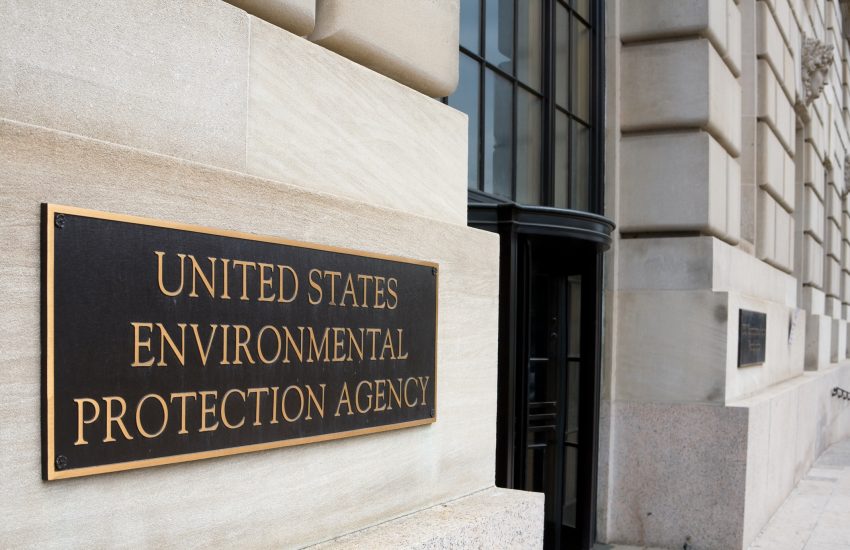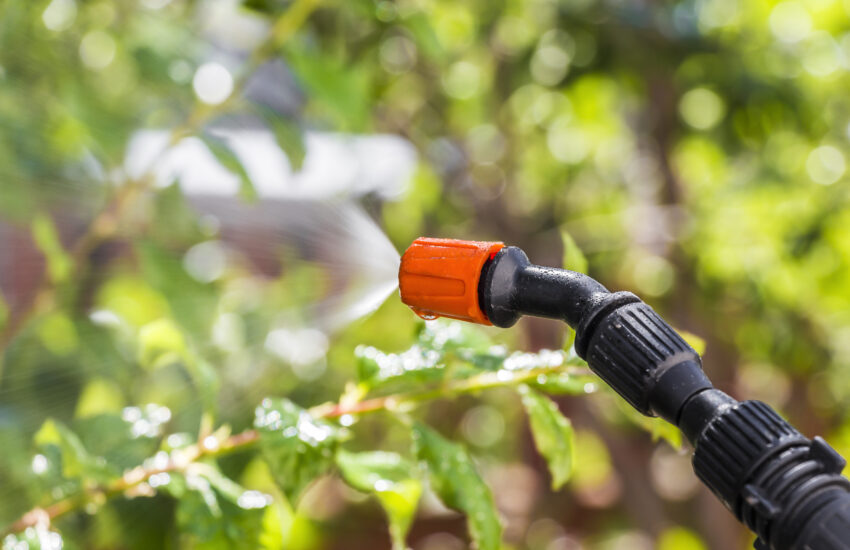The Aqueous Film-Forming Foam (AFFF) MDL has taken a significant step forward with the introduction of a new case management program intended to streamline the complex process of product identification. The program’s structured approach is designed to enhance efficiency and accuracy in identifying the sources of contamination, thereby facilitating more effective legal proceedings.
The AFFF MDL is a multidistrict litigation that consolidates thousands of lawsuits across the United States concerning exposure to per- and polyfluoroalkyl substances (or PFAS). Due to its motility and unique chemical properties, …
Continue Reading









